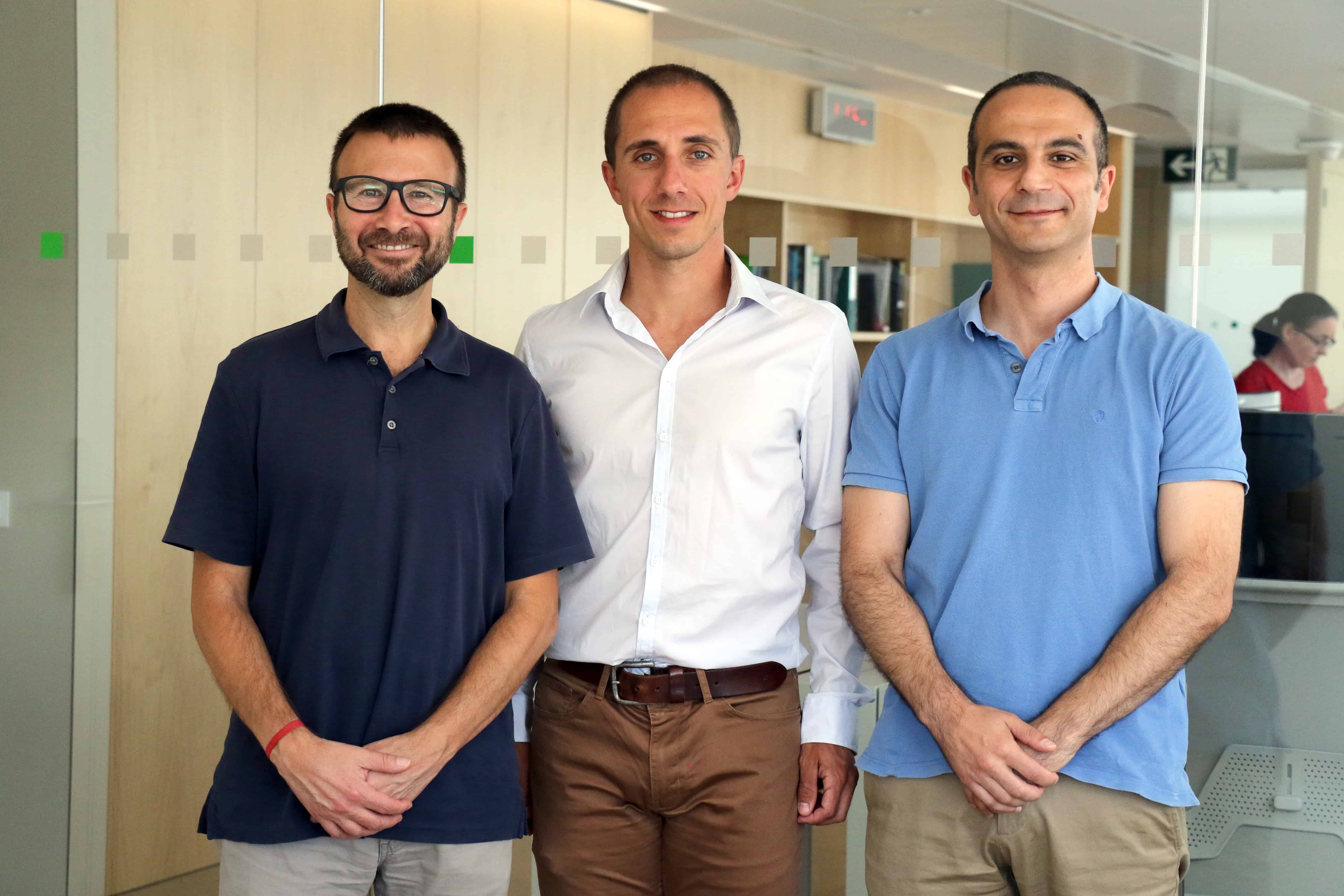
The results have been made possible thanks to the Alfa Study, funded by “la Caixa” Banking Foundation, and to the collaboration with the Barcelona Supercomputing Center
New study reports alterations in brain microstructure in subjects at higher genetic risk of Alzheimer’s
The results have been made possible thanks to the Alfa Study, funded by “la Caixa” Banking Foundation, and to the collaboration with the Barcelona Supercomputing Center
A team led by researchers from the Barcelonaβeta Brain Research Center (BBRC) has reported alterations in the white matter microstructure in cognitively healthy people carrying the Ɛ4 allele of the APOE gene, which confers the highest genetic risk to develop Alzheimer’s disease. The results of the study have been recently published in Alzheimer’s Research & Therapy, and have been made possible thanks to the neuroimaging dataset from the Alfa Study, funded by “la Caixa” Banking Foundation.
The study examined the brain microstructure of 532 participants of the Alfa Study, using diffusion magnetic resonance imaging. Participants were classified by their age and risk of developing Alzheimer’s Disease. The APOE gene exists in three common allelic versions referred to as Ɛ2, Ɛ3 and Ɛ4, and everyone carries two copies of these. The APOE gene codes for a protein which main role is linked to the transport of lipids, such as cholesterol, and the clearance of the amyloid deposition.
BBRC researchers analysed diffusion parameters in the white matter across participants, with the technical support of researchers from the Barcelona Supercomputing Center (BSC). These parameters describe the movements of water molecules in presence of bundles of axonal fibers and hence reflect the integrity of these fascicles, of which white matter is mainly composed of. This allowed them to observe that individuals with one or two Ɛ4 alleles of the APOE gene show microstructural alterations in the white matter, independent from the common age-related changes.
According to Gregory Operto, first author of the study and researcher of the Neuroimaging group at BBRC, “these results suggest that the myelin sheath protecting axonal fibers in the white matter is altered in individuals with two copies of APOE-Ɛ4. We interpret this as a possible consequence of the reduced capacity of APOE-Ɛ4 in the transport of cholesterol, which is the main component of myelin and is fundamental for the proper functioning of the brain”.
The major strength of the study lies in an unprecedented number of cognitively healthy individuals with two alleles of the APOE-Ɛ4 in a single-site neuroimaging study (68 people). In addition, the genetic classification of the participants in three groups –homozygotes (68), heterozygotes (207) and noncarriers (257) – has allowed to study for the first time the additive effect of the allele Ɛ4. The study paves the way to the design of new therapeutic strategies aimed at modifying or preventing such alterations.
This research was led at the BBRC, with the collaboration of the BSC, and researchers from the Bellvitge Biomedical Research Institute (IDIBELL), the August Pi i Sunyer Biomedical Research Institute (IDIBAPS), and the CIBER on Fragility and Healthy Ageing.
About the Alfa Study
BBRC started the recruitment of participants for the Alfa Study in 2012 benefiting from the financial support of “la Caixa” Banking Foundation. The Alfa Study is an advanced technology research platform with one of the world largest cohorts of cognitively healthy participants, devoted to the early detection and prevention of Alzheimer’s disease. 2,743 volunteers aged between 45 and 75 participate in the study. Based on their profile, they are invited to join specific research subprojects, and to undergo a comprehensive set of evaluations including clinical, cognitive, biological and neuroimaging tests.